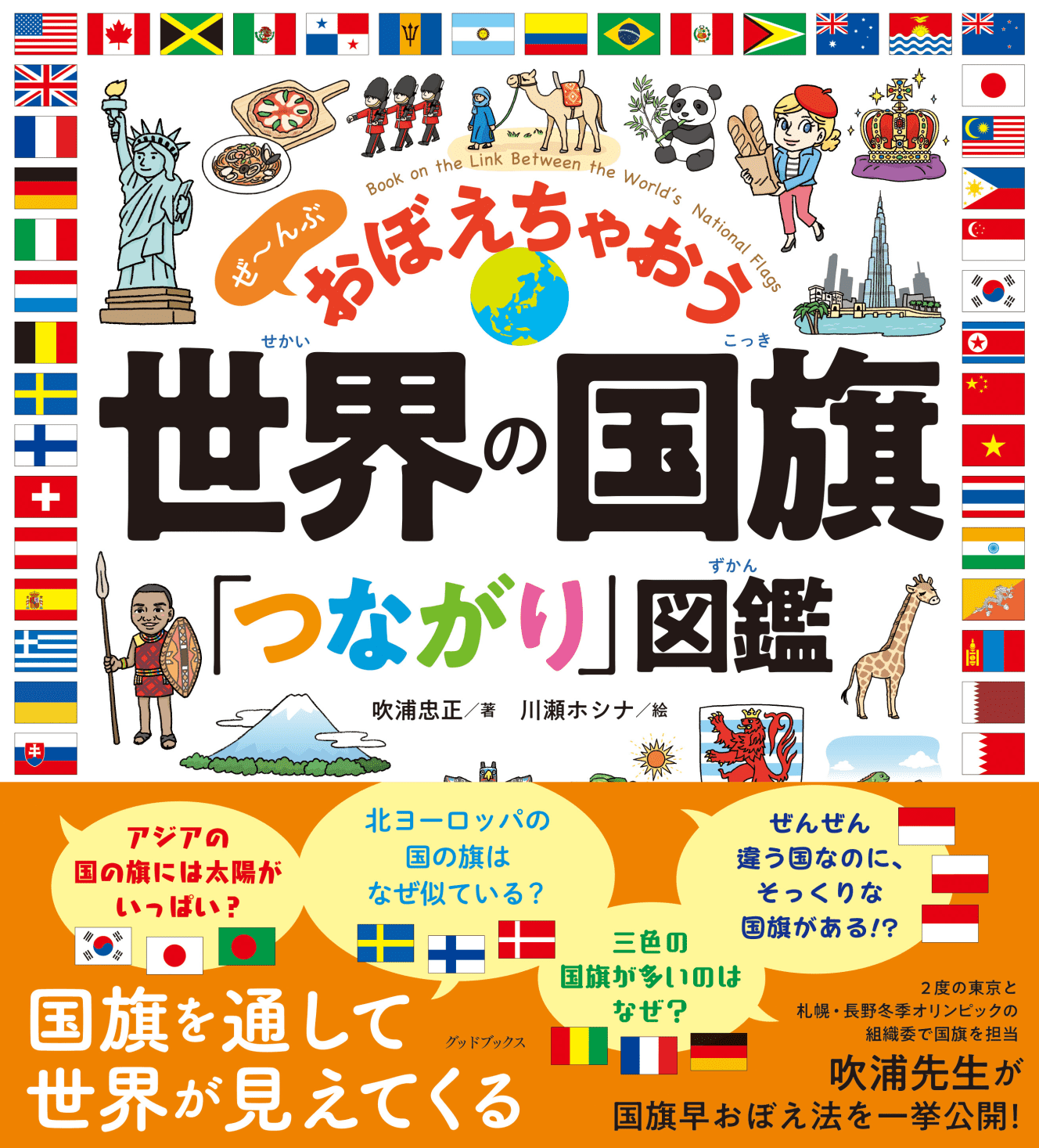Mistakes in Flag Orientation Reveal Surprising Similarities Across Countries
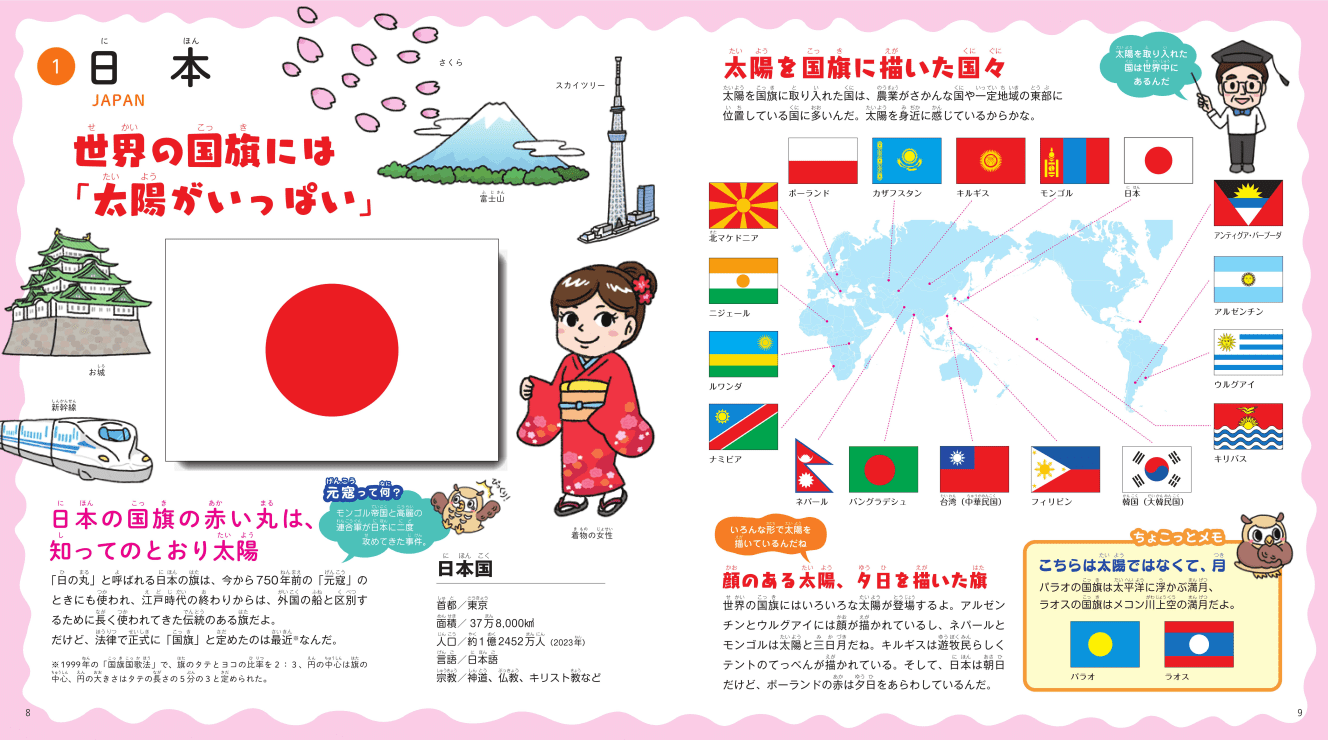
The national flag, which naturally represents a country, has as many designs as there are countries, and there are also unique ones among them. However, there are many commonalities, such as those depicting the sun, stars, seas, and rivers, those using similar color schemes, and those depicting crescent moons and stars. Exploring the origins of such national flags reveals connections between countries and their histories.
An example of this connection between national flags and their stories from around the world is introduced in the World Flag Connections Encyclopedia (published by Good Books). For example, one such example of the connections between national flags is
The world’s flags are filled with suns
Various suns appear on flags around the world, starting with Japan’s rising sun, while Poland’s red represents the sunset. Additionally, some flags may seem to depict a sun at first glance, but in reality, they represent a full moon.
In flags of countries with a large Muslim population, green, white, black, and red are common.
Green, white, black, and red were the colors of the turbans worn by the first four Caliphs (spiritual leaders) of the early Islamic Empire. Green, often associated with the turban color of the Prophet Muhammad, is particularly prevalent, while countries using blue are exceptional.
Red, yellow, and green originate from the Ethiopian flag as colors of Africa.
Around 1960, as African countries gained independence one after another, Ghana, the first to gain independence, idealized African solidarity and followed the example of Ethiopia, the oldest independent country, in designing its flag.
The book introduces flags of 200 countries with illustrations, making it easy to remember even for flags that are often confused.
The author, Tadamasa Fukiura, was a sophomore in college at the time, and he participated in the preparation committee for the 1964 Tokyo Olympics because he already had a book about flags. His story has been featured in NHK’s historical drama “Idaten: Tokyo Olympic Banashi” and in textbooks for sixth graders.
Fukiura has since become an authority on flags, being involved in numerous Olympics and international events, including the 1972 Sapporo Olympics, the 1998 Nagano Olympics, and the 2021 Tokyo Olympics. He has authored 61 books on flags and also writes columns about flags in magazines. He shared some interesting flag-related stories with us.
If you make a mistake, it can be very serious, but it’s common to make mistakes in the top, bottom, left, and right of the flag.
Actually, there are only 14 countries, including Japan, that don’t have top, bottom, left, and right in their flags. Depending on how you handle flags, mistakes can be common. Especially in official settings, it requires careful attention.
“For example, let’s take the Union Jack. The Union Jack incorporates the flags of England’s St. George, Scotland’s St. Andrew, and Ireland’s St. Patrick. If you inadvertently flip the red diagonal line of Ireland’s flag counterclockwise and turn it upside down, the pattern changes.
There’s a British-style pub in Tokyo with a total of 13 flags displayed indoors and outdoors, and nine of them are upside down. No matter how many times they are cautioned, they remain unchanged. Perhaps they don’t even realize that there is a top and bottom to the Union Jack.
Similarly, there was an Indian restaurant where the national flag was displayed upside down, not as a flag but as part of their signage. It took three years to rectify it.”
Noticing such mistakes might be unique to Mr. Fukiura.
If there’s a front and back, even in cases like Saudi Arabia and Brazil, they’re prepared.
“In the case of the Saudi Arabian flag, the sacred phrase (Shahada) depicted there is affixed in two layers so that it can be read from the back as well. Also, it’s specified not to fly the flag at half-mast.
As for the Brazilian flag, within the blue circle, the words ‘ORDEM E PROGRESSO’ (Order and Progress) and stars are depicted. To ensure that this part doesn’t appear reversed when viewed from the back, it’s also affixed with an additional layer on the reverse side. This applies to every small Brazilian flag, which is quite impressive.”
The red in the Canadian flag represents the sea?
The geographical situation of a country is often reflected in its flag. It’s typical for flags to use blue to represent the seas facing the country and the rivers flowing through its territory. However, in the case of Canada, there were various circumstances involved.
“The Canadian flag underwent a legal change in December 1964, and the current flag was adopted on February 15 of the following year. Interestingly, Canada was most affected by the timing of the 1964 Tokyo Olympics. They requested, ‘Please don’t finalize the Canadian flag until just before the Tokyo Olympics.’ However, they couldn’t meet the deadline.
This was due to clashes between the French-speaking and English-speaking populations. The previous flag included the Union Jack and a coat of arms, so it was decided to change it to something less British. A design featuring three red maple leaves with blue sides representing the Pacific and Atlantic oceans was proposed. However, the English-speaking population opposed it, saying, ‘That would look like the French flag when it hangs down.’ As a result, the design with one maple leaf and red sides representing the sea was chosen.”
Nepal, Switzerland, Philippines. The flags have too much personality.
“Nepal is the only country in the world whose flag is not rectangular but formed by joining triangles. In 1962, the constitution strictly defined the national flag in 743 words in English. The two symbols represent the moon and the sun, as well as Hinduism and Buddhism. They also symbolize the king and the army general. Although Nepal is no longer a monarchy, its flag remains unchanged. It is unique, as Nepal is the only country that has retained its original flag despite political changes.
The flag of Switzerland is square in shape. Dealing with flags of countries like Nepal and Switzerland can be challenging, especially in events like the Olympics, where flags are required to have the same aspect ratio as others.
On the other hand, the Philippine flag positions the red stripe on top during wartime to symbolize courage, and the blue stripe on top during peacetime to represent the Pacific Ocean and peace. There is no other country like this.”
By the way, there seems to be no legal basis for Japan’s Rising Sun being the symbol of the country. However, during a lecture in San Francisco in the 4th year of the Meiji era, Hirobumi Ito stated that it symbolized ‘the rising sun and our nation today,’ and there is a waka poem by Emperor Meiji, the national leader at the time, which includes the line “Higashi no noboru wa-ta” (The sun rises in the East), which is recognized publicly.
“As an 82-year-old, I have been fascinated by flags for over 70 years, and yet I discover something new about them every week! Flags encapsulate history, religion, ethnicity, philosophy, industry, and more, making them incredibly profound,” as described by Mr. Fukiura.
While the book is aimed at elementary school students and older, the world of flags is so profound that even adults find it endlessly fascinating.
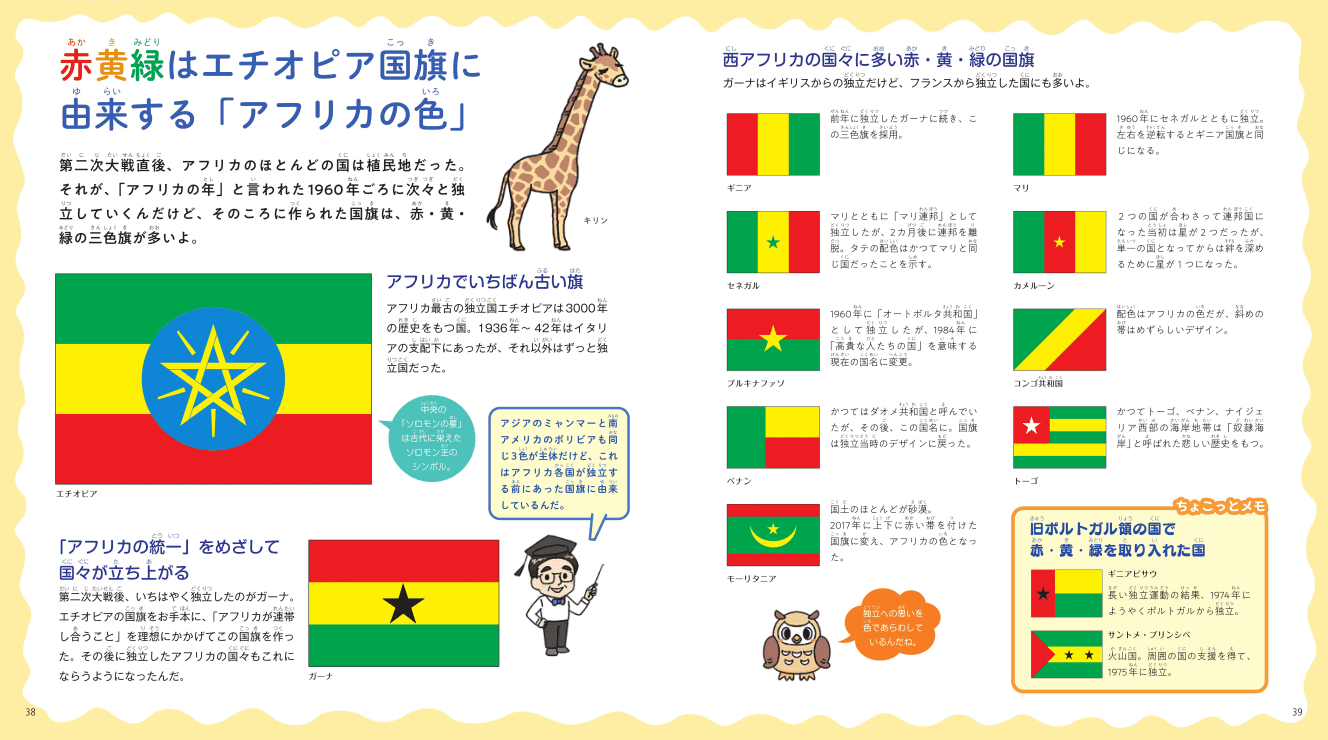
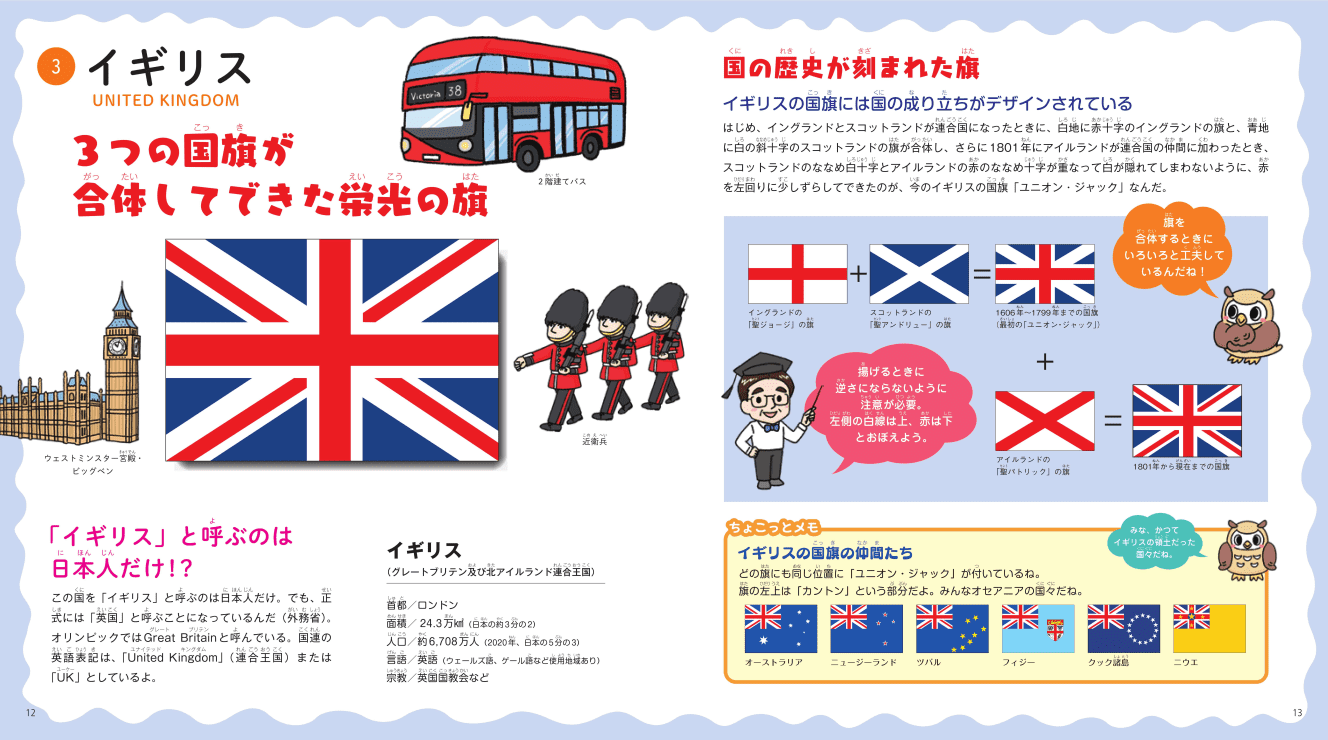
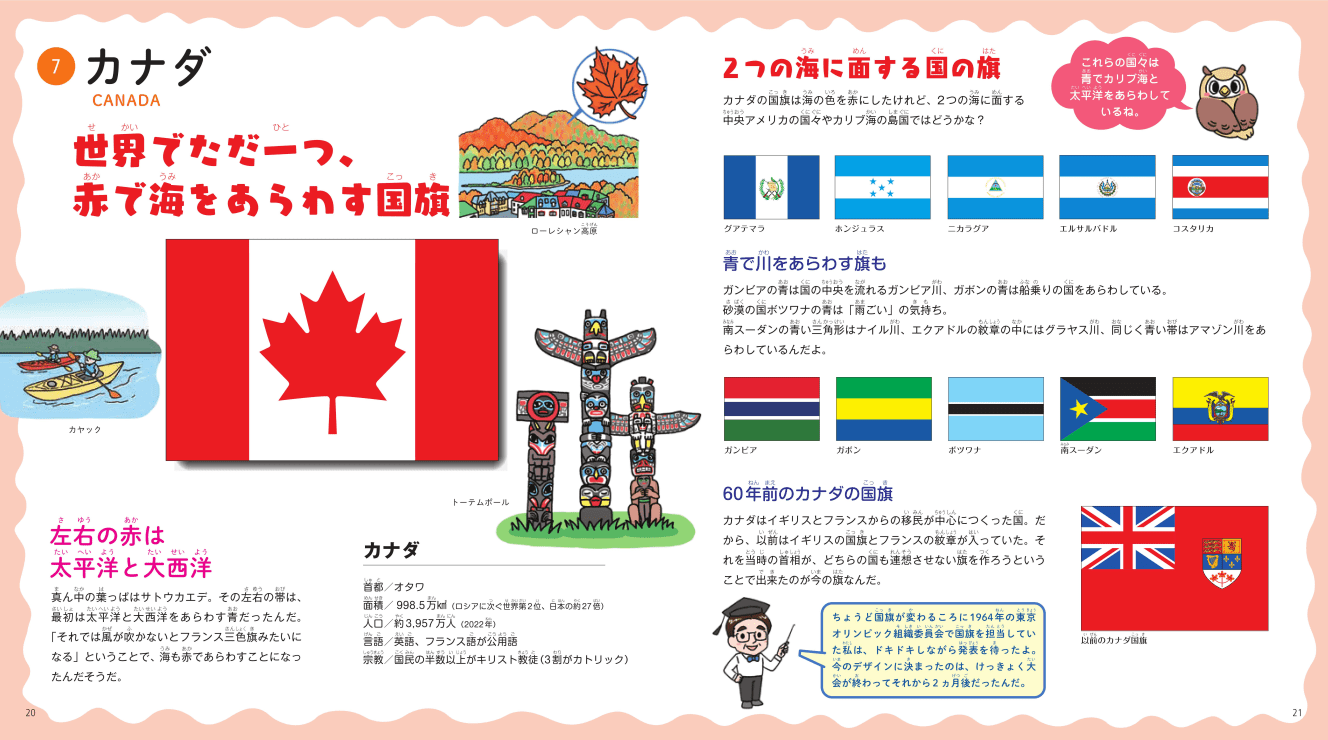
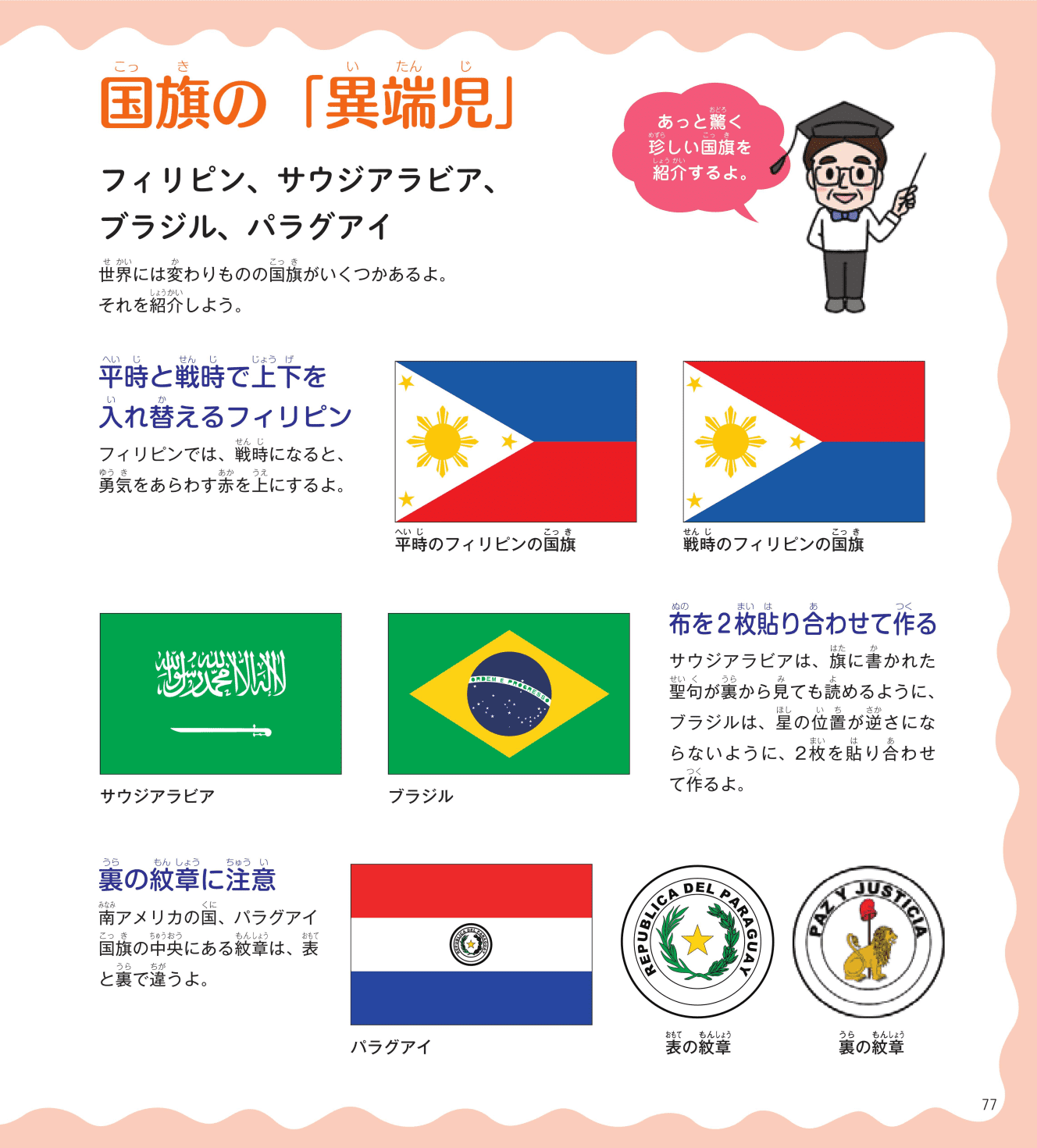
Profile: Tadamasa Fukiura
Click here to buy a copy of "Japan's Flags, Stories You Don't Know"
.
Tadamasa Fukiura is a leading researcher on national flags. Has been involved with flags and ceremonies at every Olympic Games held in Japan. Formerly a professor at Saitama Prefectural University and co-chairman of the NPO "Society for the Study of the National Flags and Anthems of the World. Author of 61 books on flags.

